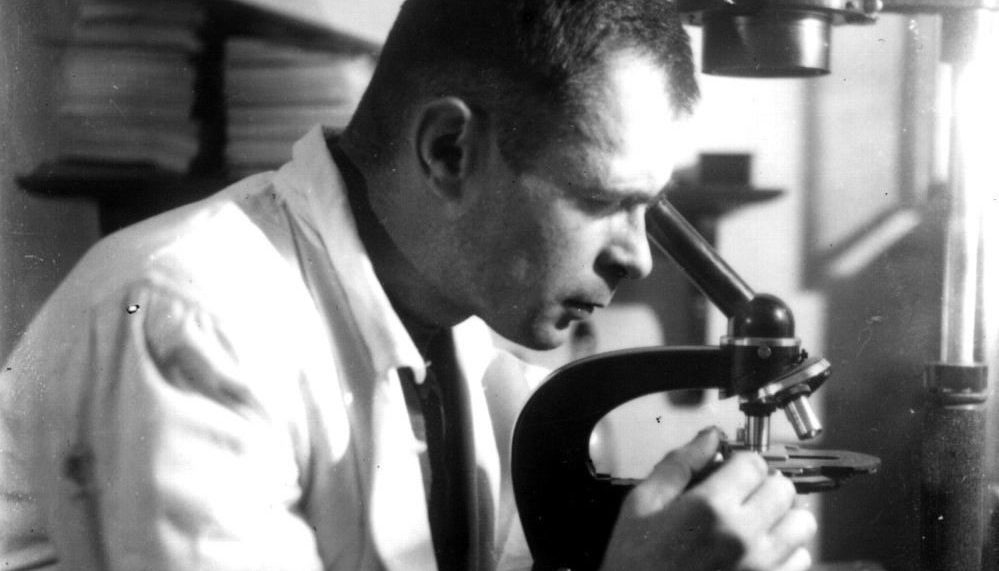#ARCTIC. #SIBERIA. THIS IS TAIMYR. As for the Krasnoyarsk region, its Sanitary and Epidemiological Service has celebrated the 75th anniversary this year.

The first epidemiologists selflessly and successfully fought against dysentery, typhus and typhoid fever. Highly professional employees of the sanitary-epidemiological station, which was part of the camp’s Central Hospital in the forties, obtained a bacteriophage against the causative agents of dysentery. Norilsk residents even shared it with a hospital in Krasnoyarsk, which was headed by the famous surgeon-priest Valentin Voino-Yasenetsky.

One of the creators of this ‘weapon’, the repressed professor Abram Harit, remained forever in the Norilsk permafrost. His granddaughter, also a professor, Susanna Harit, today, together with the St. Petersburg doctors, is fighting the coronavirus epidemic.
Among the first employees of the Norilsk Sanitary and Epidemiological Station there were many well-known bacteriologists, biologists, and even one very well known pre-war geneticist. Igor Panshin, like Abram Harit, remained forever in Norilsk. He lived a long life in the northern city, lived to see the perestroika period and even returned to science.

In 1991, after a half-century break, the scientific work of the former doctor-laboratory assistant of the SES Igor Panshin- Heterochromatin scheme of the operon – was published. In it, the scientist analyzed the experimental data of his past research in the light of the achievements of genetics at the end of the twentieth century.
The head of the first SES was Semyon Mankin, who worked before his imprisonment at the Odessa Sanitary Institute. It was he who organized the needles boiling machines in Norilsk, in which a vitamin drink was prepared from larch needles. Each prisoner was obliged to drink pine kvass before dinner. Therefore, scurvy was defeated.
In the last issue of the History spot photo project, we talked about the fact that in the summer of 1966 a gabbro-diabase block was erected on the main flowerbed of Norilsk, which later became one of the historical artifacts of the city.
For other issues of our photo project about the history of the city and the combine, go to the History spot section.
Follow us on Telegram, Instagram and Facebook.
Text: Valentina Vachaeva, Photo: Nornickel Polar Division archive



